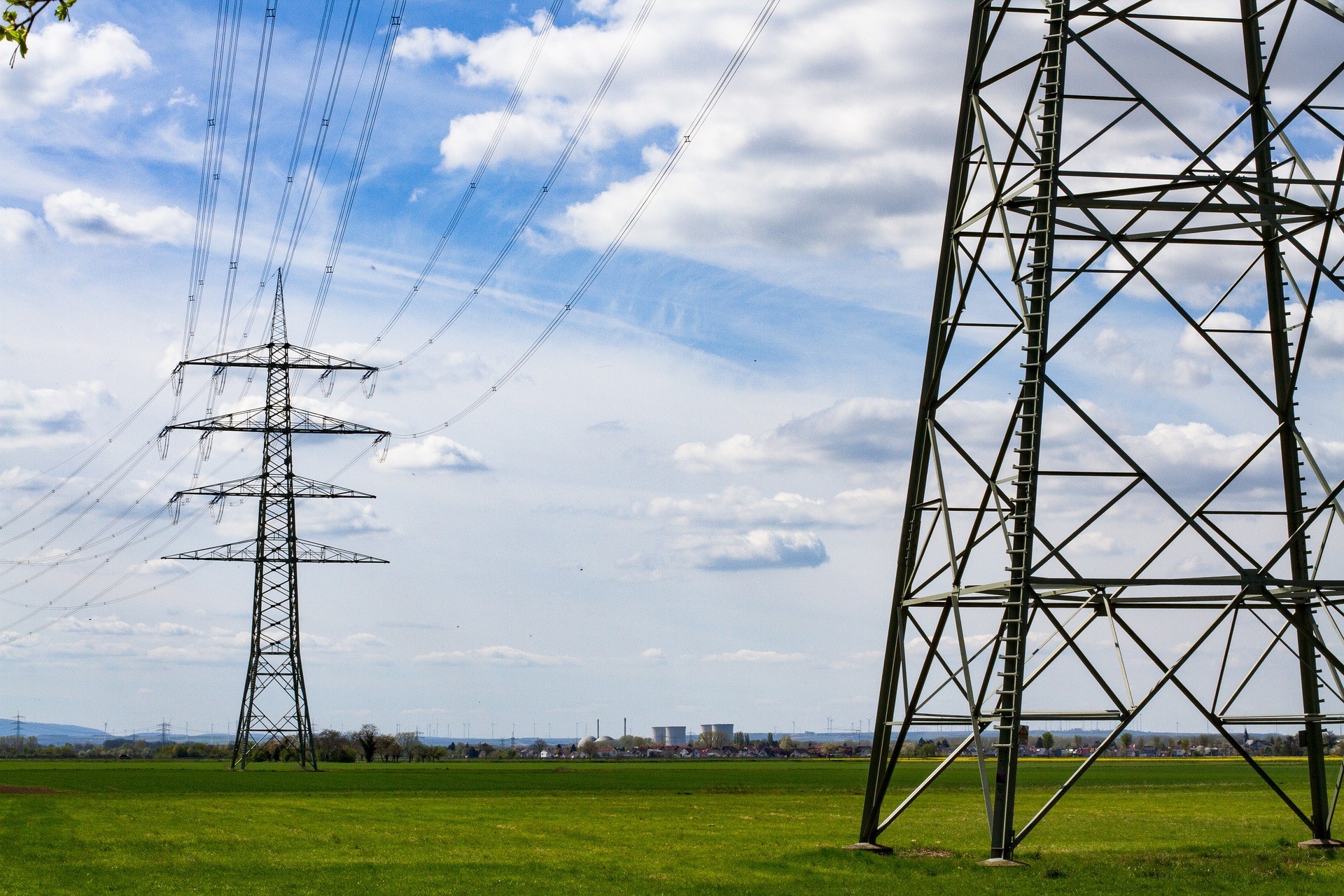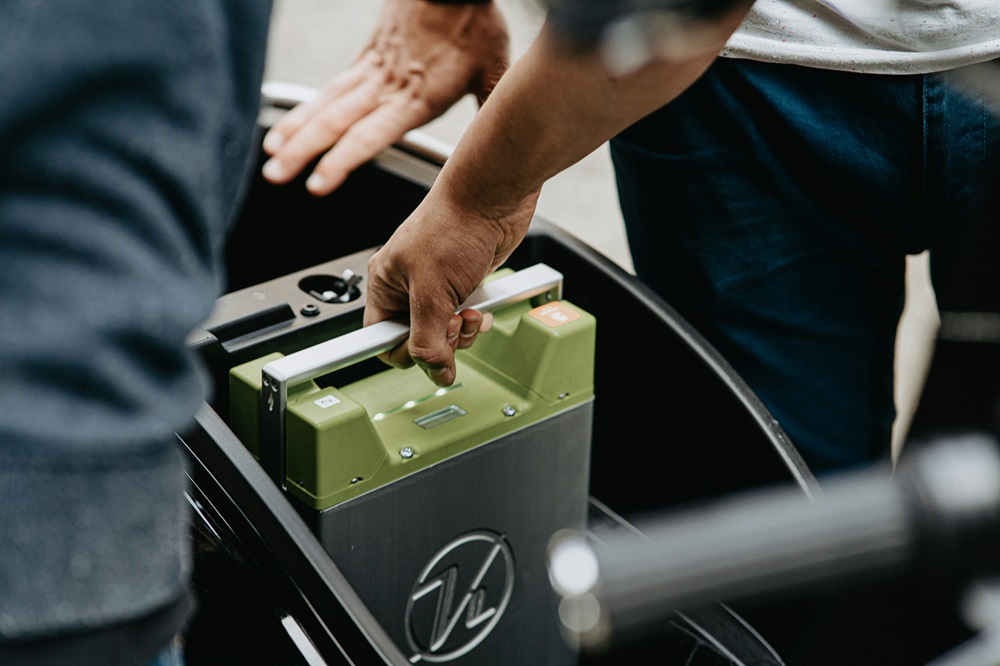Tamil Nadu has seen a sharp increase in peak electricity
demand over the years growing from 14,823 MW in 2016-17 and expected to reach 23,013
MW by 2026-27. The state often faces a shortfall to meet its power demand due
to limited internal power generation capacity. 14% of state’s installed
capacity comes from long-term and medium-term open access and captive power
plants and during high demand supply gap, state must purchase electricity from
private players or open market, sometimes paying up to Rs 18-Rs 20 per unit. Due
to these costs, adopting renewable energy is crucial, both to meet the state’s
demand and to support the national push to reduce carbon emission.
Tamil Nadu has higher wind speeds than other parts of India,
with speeds ranging from 8.66 m/sec to 9 m/sec and the wind flow is consistent,
which allows wind turbines to run efficiently all year hence the state plans to
exploit its wind potential 75 GW including 35 GW from offshore wind sources and
is aiming to generate 25 GW of Wind Power by 2030 to tackle peak hour shortage.
Wind power makes up to 84% of the state's renewable energy potential and is
expected to grow so the state becomes less dependent on imported electricity.
State has 7 GW of repowering potential for wind plants and
it has launched Repowering, Refurbishment and Life Extension Policy for Wind
Power Projects that aims to improve the efficiency of wind energy in the state
and requires WEGs that have completed 20 years of operation to participate in
repowering and refurbishment. The policy will help generate more wind energy by
upgrading and replacing older turbines, which will enhance the efficiency and
productivity.
The state must develop its transmission network to meet its
growing power demand. Though new transmission projects are in the pipeline to
address this, but issues in land acquisition and legal challenges have led to
delays in the execution of projects and as the gestation period of transmission
lines is greater than RE projects hence the state needs proper planning to
develop its transmission infrastructure.
Private entities are expected to play a major role in the
state’s wind industry. As it is a top manufacturer of wind turbines in India
and is home to world's leading wind manufacturing companies, including Vestas,
Siemens Gamesa, and Nordex, it can expect more investment by the players in the
state in the upcoming years. Tamil Nadu is expected to lead other states in
developing wind energy ecosystem and value chain and supply wind turbines to
other parts of the country and world. The target will not only meet state’s
power demand but also significantly contribute to India’s goal of reducing
carbon emissions.




